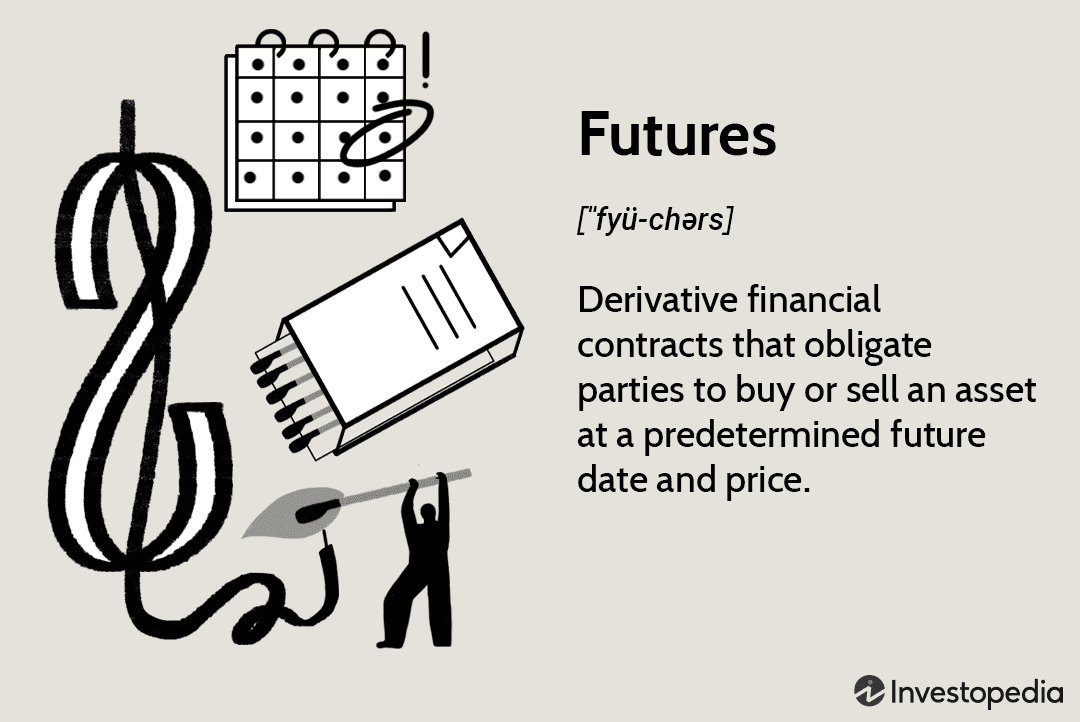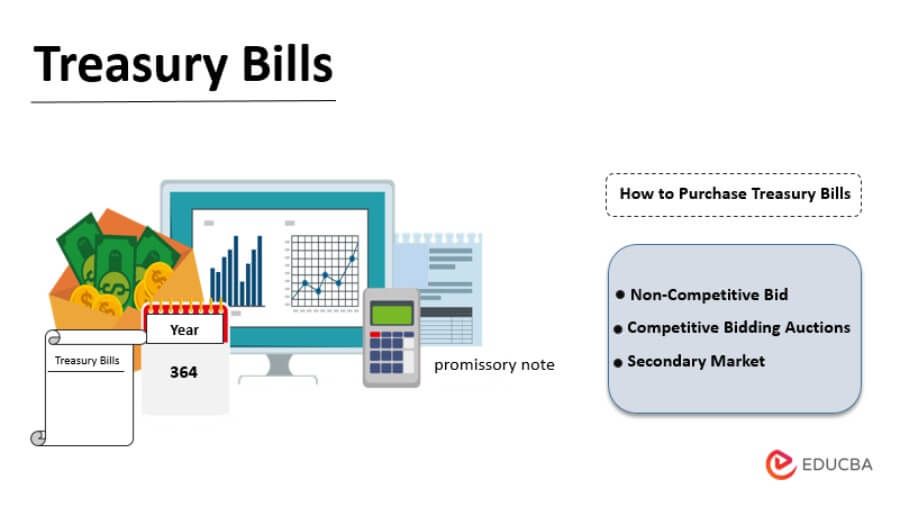
The Fed will raise interest rates and the best stocks to invest in now will be benefited. This is not true for all companies. While interest rates will impact some companies, they will also serve as obstacles for others. So how do you find the best stocks to buy now? You can read this article to learn why certain companies are worth your time. Next, you can decide if these stocks are worth your time or not.
JPMorgan Chase
JPMorgan Chase stock can be purchased now if you're interested. JPM shares are currently close to a longterm trendline. The company's 2020 Covid crash briefly interrupted the trend, but it has since risen back to its pre-pandemic benchmark level. And a number of factors suggest that this stock's long-term earnings outlook is improving. For more insight, continue reading.
It is a great candidate for stock-investors, not only because of its investment banking activities but also because it has multiple revenue streams. It makes the majority of its revenue from the consumer banking sector, with investment banking second. During the recent pandemic, the banking industry struggled, but this is likely to change as more people become aware of the benefits of the company's diverse revenue streams. Its dividend has been rising in anticipation for higher profits in 2013.

Redfin
There are several factors to consider when you think about purchasing Redfin stock. Technology companies are losing money before the market recovers. Housing prices are dropping. Redfin might lose even more money as the market continues its decline. However, the company does offer a number of other benefits that make it an attractive investment. Below are some of the pros and cons.
1. Redfin Stock Is a Good Investment Despite the recent layoffs, the company's overall outlook is bleak. Redfin has seen steady growth, but it is still far away from reaching its full potential. Redfin's stock has dropped by approximately 50% since its IPO in 2013. It is also currently falling. Investors should not buy shares now as it is unlikely that the stock will continue to fall in the short term.
Shopify
Shopify stock is a stock that investors may consider buying despite its high price. The stock soared 11 times between January 1, 2019 and mid-November 2021, fueled by rapid revenue growth and a massive addressable market. Shopify shares may be headed for a correction after recent news suggested that they are now down over 80% from the all-time high. Shopify will make its stock 10 times for one on June 28. This will not change the investment thesis. The company continues to be a high-risk investment with high returns.
The following are some things to consider when looking for Shopify stock. ETFs are an exchange-traded fund that is based on a specific sector or geography strategy. They can be a great way of investing in a single stock. This method spreads risk across multiple companies, which reduces your chance of losing your entire account balance. A few Shopify ETFs include the Franklin Disruptive Commerce ETF and Simplify Volt Fintech Disruption ETF.

Intuitive surgery
If you are a surgeon, it might be a question of whether to buy intuitive Surgical stock now and wait for the next recession. The stock is trading at 21 times the company's revenue over the last year. Its management recently warned investors that it might have a lackluster quarter ahead. The company's aging population should also drive demand for less-invasive procedures. Postponed elective procedures will be available to those who survived the pandemic.
While Intuitive's Q1 results were strong considering the tough economy, the stock sank 14%. The management's outlook on the remainder of the year was responsible for this slow performance. Management stated that it faces challenges due to the COVID-19 disease, which caused many patients not to undergo elective surgery. The stock could fall further. You can still buy Intuitive Surgical stock and reap the benefits later. You can receive low fees and track the stock’s growth over time.
FAQ
Why is a stock called security.
Security is an investment instrument whose value depends on another company. It can be issued as a share, bond, or other investment instrument. The issuer can promise to pay dividends or repay creditors any debts owed, and to return capital to investors in the event that the underlying assets lose value.
How can people lose money in the stock market?
Stock market is not a place to make money buying high and selling low. It's a place you lose money by buying and selling high.
The stock market offers a safe place for those willing to take on risk. They would like to purchase stocks at low prices, and then sell them at higher prices.
They are hoping to benefit from the market's downs and ups. But they need to be careful or they may lose all their investment.
What is the difference in the stock and securities markets?
The securities market is the whole group of companies that are listed on any exchange for trading shares. This includes stocks as well options, futures and other financial instruments. Stock markets are generally divided into two main categories: primary market and secondary. Stock markets that are primary include large exchanges like the NYSE and NASDAQ. Secondary stock market are smaller exchanges that allow private investors to trade. These include OTC Bulletin Board, Pink Sheets and Nasdaq SmallCap market.
Stock markets are important as they allow people to trade shares of businesses and buy or sell them. The value of shares depends on their price. When a company goes public, it issues new shares to the general public. These shares are issued to investors who receive dividends. Dividends are payments that a corporation makes to shareholders.
Stock markets serve not only as a place for buyers or sellers but also as a tool for corporate governance. The boards of directors overseeing management are elected by shareholders. Boards ensure that managers use ethical business practices. If a board fails to perform this function, the government may step in and replace the board.
How are securities traded
The stock market allows investors to buy shares of companies and receive money. Companies issue shares to raise capital by selling them to investors. When investors decide to reap the benefits of owning company assets, they sell the shares back to them.
Supply and demand determine the price stocks trade on open markets. The price of stocks goes up if there are less buyers than sellers. Conversely, if there are more sellers than buyers, prices will fall.
You can trade stocks in one of two ways.
-
Directly from the company
-
Through a broker
Statistics
- Ratchet down that 10% if you don't yet have a healthy emergency fund and 10% to 15% of your income funneled into a retirement savings account. (nerdwallet.com)
- Even if you find talent for trading stocks, allocating more than 10% of your portfolio to an individual stock can expose your savings to too much volatility. (nerdwallet.com)
- For instance, an individual or entity that owns 100,000 shares of a company with one million outstanding shares would have a 10% ownership stake. (investopedia.com)
- "If all of your money's in one stock, you could potentially lose 50% of it overnight," Moore says. (nerdwallet.com)
External Links
How To
How to make a trading program
A trading plan helps you manage your money effectively. It will help you determine how much money is available and your goals.
Before you begin a trading account, you need to think about your goals. You may want to save money or earn interest. Or, you might just wish to spend less. You may decide to invest in stocks or bonds if you're trying to save money. If you're earning interest, you could put some into a savings account or buy a house. Maybe you'd rather spend less and go on holiday, or buy something nice.
Once you know what you want to do with your money, you'll need to work out how much you have to start with. This depends on where you live and whether you have any debts or loans. Also, consider how much money you make each month (or week). Your income is the amount you earn after taxes.
Next, you'll need to save enough money to cover your expenses. These include bills, rent, food, travel costs, and anything else you need to pay. Your total monthly expenses will include all of these.
You'll also need to determine how much you still have at the end the month. This is your net discretionary income.
You now have all the information you need to make the most of your money.
To get started with a basic trading strategy, you can download one from the Internet. Ask someone with experience in investing for help.
Here's an example spreadsheet that you can open with Microsoft Excel.
This displays all your income and expenditures up to now. You will notice that this includes your current balance in the bank and your investment portfolio.
Another example. This was created by a financial advisor.
This calculator will show you how to determine the risk you are willing to take.
Don't try and predict the future. Instead, put your focus on the present and how you can use it wisely.